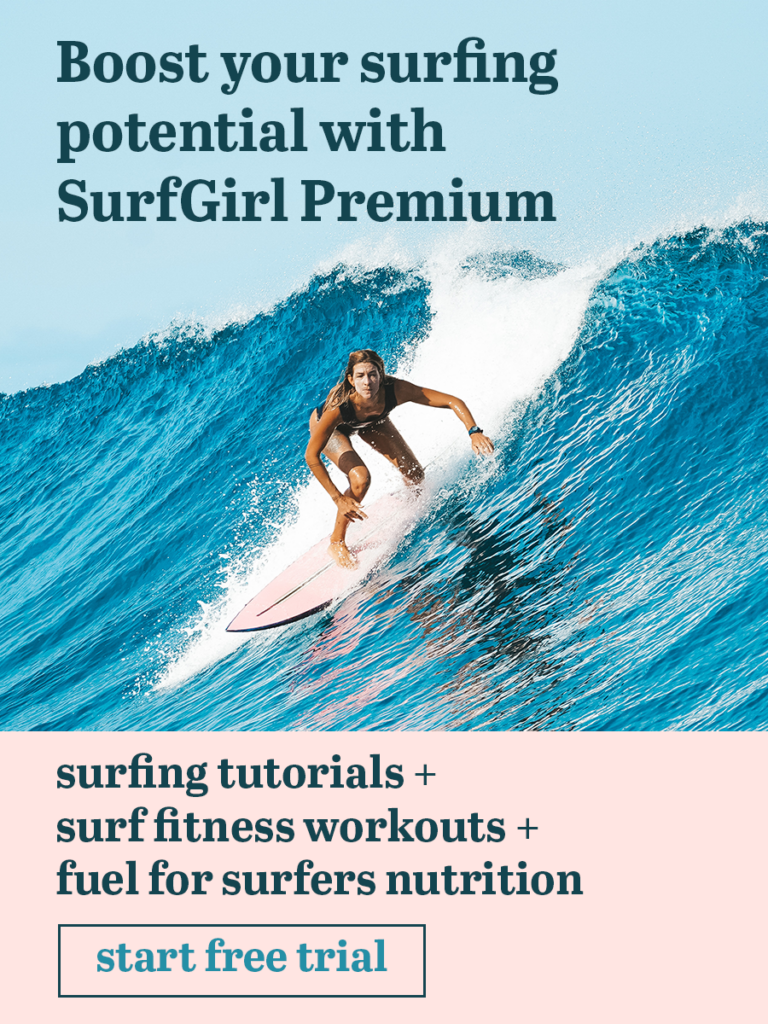
Being a Surf Instructor is possibly one of the best jobs you can have as a surfer.
Not only do you get to spend every day on the beach, you can manage it so you work during summers and escape the winters travelling. You can also get jobs abroad, or in surf camps right across the globe. On top all that you get the rewards of seeing the faces of super stoked pupils who you have helped get to their feet. It’s the perfect job for students at college or university or during their gap year.
TAKE A LOOK AT THESE SURF INSTRUCTOR COURSES:
Click the image for more information

We asked the people in the know what’s involved in becoming a surf instructor:

Chris Bond
Ticket to Ride
Chris, how do you become a surf instructor?
There are several different elements to becoming a surf instructor. Firstly of course you need to be a good enough surfer. The basic requirements are to be able to ride left and right on unbroken waves in 1 – 1.5m waves with control. Next up you have to sign up for both a surf coaching course and a lifesaving course. The most popular Surf Coaching course is the ISA Level 1 course which is a two-day course incorporating both theory and practical elements of the course. After completing the course you will need to do 20 hours of coaching at a surf school during which you will practice delivering the lesson and be observed completing a surf lesson at the end by the head coach. You will also need to complete either a Lifeguard course or Surf Lifeguard course as stipulated by the ISA.

Tania Nesbitt
the Academy of Surfing Instructors (ASI)
Tania, what qualifications do you need?
To be a surf instructor you need a minimum Level 1 Surfing Instructor, current surf rescue, current first aid certificates. An ASI Level 1 Surfing Instructor qualification enables you to deliver, plan and assess beginner to intermediate surfing sessions in beginner level surf locations: surf no larger than 1½ft (½ metre) and Intermediate level surf locations: surf up to 3ft (1 metre). In the UK and some countries you can hold a Surf Lifesaving certificate which includes both surf rescue and first aid. And in some countries, like Australia you may also need to hold a Working with Oxygen certificate. If you are working with children, you need to hold a working with children background check. But only a few countries worldwide have this, like UK and Australia. The minimum age to take the courses is 16 years old. However, instructors under 18 years cannot deliver lessons to adults on their own. There must have another adult instructor, supervising or nearby.

Steve Bowens
H20 Training
Steve, do you need any experience before you take a course?
You need to be a competent and confident surfer and to love see others learn and develop. You can get this by spending time in the water surfing a range of different types of breaks and areas. It is a good idea to get some experience teaching surfing, the best way to do this is to assist on some lessons at your local break (be sure to choose a recognised surf school who are teaching to a syllabus and maintaining high standards of instruction). You will get an idea of how a lesson is broken down and what sort of help and support beginners really need when they are learning. You should then book onto a surf instructor course, there are a number of different organisations who offer courses but in essence they are all fairly similar. During the course you will learn how to plan and deliver a surfing lesson and how best to teach a range of surfing related subjects. Depending on the qualification you take you may then need to log a number of hours working alongside an experienced coach, confirm when you have done this then spending the summer on the beach in the waves teaching the sport you love.




